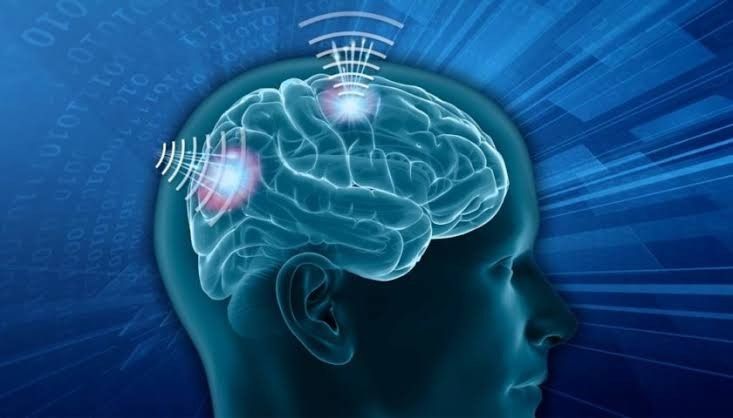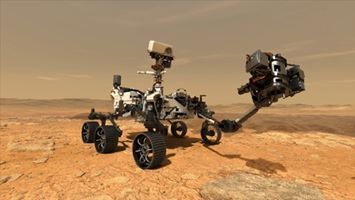Mar 9, 2020
UK Cryonics and Cryopreservation Research Network
Posted by Paul Battista in categories: biotech/medical, cryonics, life extension
The UK Cryonics and Cryopreservation Research Network is a group of UK researchers who, together with international advisors, aim to advance research in cryopreservation and its applications.
Although we are a small group, we hope to promote academic and industrial activity on cryopreservation, and discuss its potential applications, including the idea of cryopreserving whole humans, commonly known as cryonics. We acknowledge that cryonics is a controversial topic, but like any unprovable approach we think its scientific discussion is necessary to permit its understanding by the public and by the wider scientific community, and it allows us to address many of the misunderstandings surrounding cryonics. We also think that cryopreservation, cryogenics and cryonics are fields with a huge potential impact on human medicine whose societal implications should be considered and debated.
Continue reading “UK Cryonics and Cryopreservation Research Network” »


















